On April 26, 36 years ago, the most devastating nuclear accident in history occurred. The explosion at the Vladimir Ilich Lenin plant, located north of Ukrainein the city of Chernobylended the lives of 31 people, whose deaths were directly caused by the explosion, although the radiation would leave more than 100 injured and, in the long term, more than a hundred deaths.
LOOK: Ukraine denounces that Russian soldiers stole radioactive substances from Chernobyl that could be deadly
With a radiation peak 400 times higher than the Hiroshima nuclear bomb -in Japan, in 1945- and 50 times higher than that of Fukushima -which occurred in 2011 in the central of the Japanese city-, around 116 thousand people had to be evacuated. This figure contemplated an entire city, that is, the 48,000 inhabitants of the now ghostly Pripyat, where during that April night its citizens slept without knowing that just three kilometers away the plant would begin to radiate perhaps the most dangerous for the human being: nuclear material.
The evacuation in the 2,590-kilometer area, better known as the exclusion zone, then involved the sacrifice of the local animals, which the HBO series stages with chilling images of the killing of pets and other more savage species.
The truth is that some people left Chernobyl hoping to return one day, so many chose to leave their dogs and cats behind. What they did not know was that the soldiers of the Soviet Army would be in charge of killing all the pets that were left in the area, because they considered them a risk of radioactive transmission.

However, there are still between 600 and 800 stray dogs and cats that roam the place. This was established by the organizations Clean Futures Fund (CFF), which visited Chernobyl to castrate and vaccinate dogs, and Spca International, which is dedicated to the rescue of animals in the world.
To this day, among scientists who analyze the area, a debate is repeated for which no single answer has been found. The unknown is how much the wild animals that persist in the exclusion zone benefit from the lack of humans and how much they are suffering from the contamination that is still invading the place.
LOOK: How is the situation in the Chernobyl nuclear power plant that was taken for several weeks by the Russian military
Mutant animals?
What science continues to investigate and what generates conflicting positions among specialists is whether both the animals and the plants that live near the point of the explosion suffered mutations in their physical appearances and in their forms of behavior… or if due to the otherwise nothing has changed.
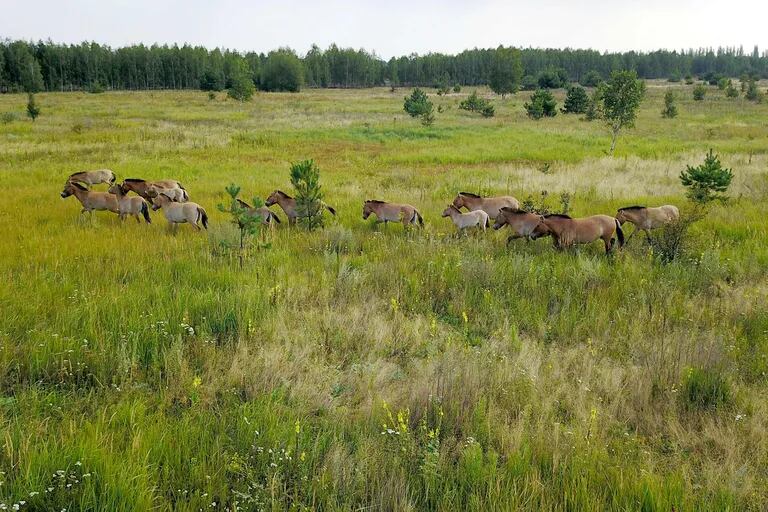
Where it was believed that there would be no sign of life, today bears, bison, wolves, lynxes, Przewalski horses, and some 200 species of birds, among other animals, live, according to the doctor in Biology and researcher of the zone, Germán Orizaola, in an article where he exposes about the “Chernobyl fauna 33 years after the nuclear accident”.
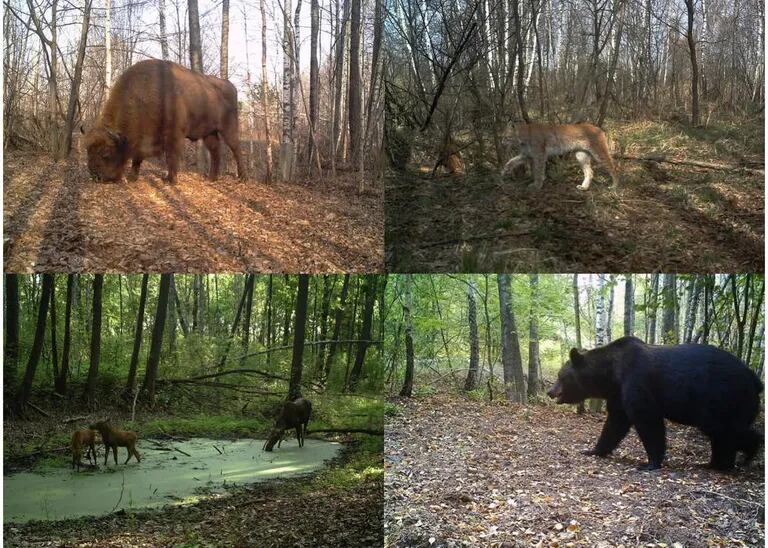
Although he highlights a “general absence of negative effects of radiation on animal and plant populations”, he points out: “We have also found some indication of adaptive responses to radiation, such as changes in the coloration of frogs. The frogs in the exclusion zone are darker, which could protect them from radiation.”
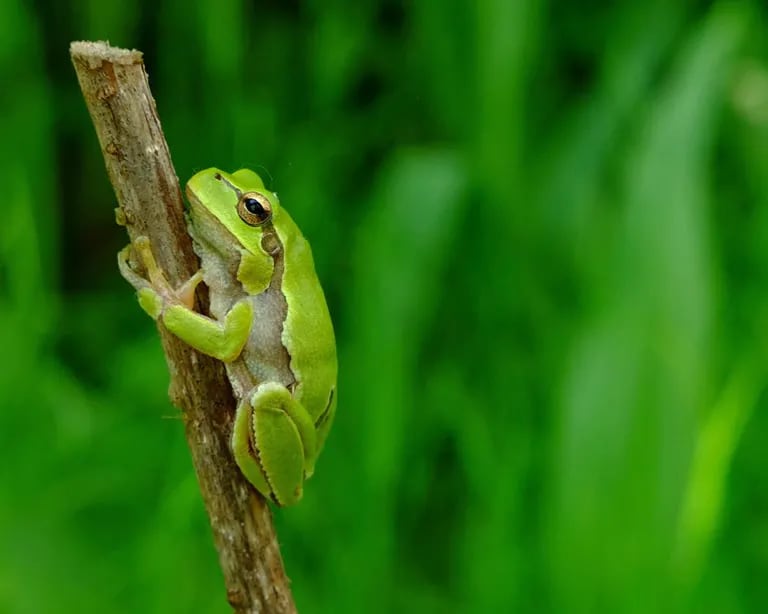
Also, with regard to insects, some seem to live less or be more vulnerable to parasites, especially in areas of high radiation. The birds also seem to have some negative effects, such as damage to their immune system, increased albinism and genetic alterations, although the latter do not prevent populations from continuing to reproduce.
With all this, the researchers wonder if the possible damage of nuclear activity on animals was overestimated, given that they observe that the presence of humans -with hunting, fishing, pollution, among other actions- could be more harmful to medium term for animals – especially mammals – than a nuclear accident.
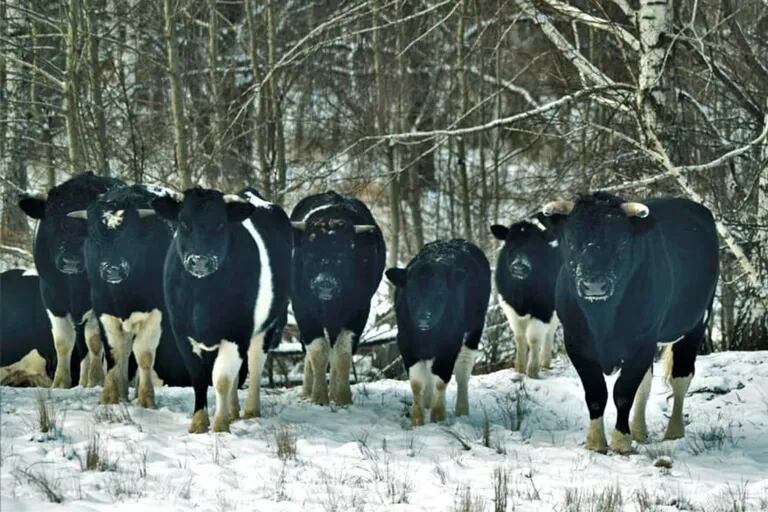
On the other hand, the specialists of the Chernobyl Radiation and Ecological Biosphere Reserve observed, as revealed in 2021 after analyzing them for three years, that the Chernobyl cows had organized themselves into herds and presented a behavior very different from that which the cows usually have. domestic or farm animals.
Along the lines of mutations, a Nat Geo report by actor Will Smith shows, in an impressive close-up, a spider, while the documentary’s voice-over says: “Many of the webs that were woven together with some of the the village houses were extremely unusual.” The image that is seen is that of a disordered, irregular web, with large holes and without a clear pattern, unlike those that arachnids usually put together, totally symmetrical and orderly.
“The spiders had trouble weaving a normal web,” the video concludes, implying that the behavior of the insects had mutated. In turn, Nat Geo posits that not only may the way animals move and manifest themselves have changed, but their physical appearance may also have changed.
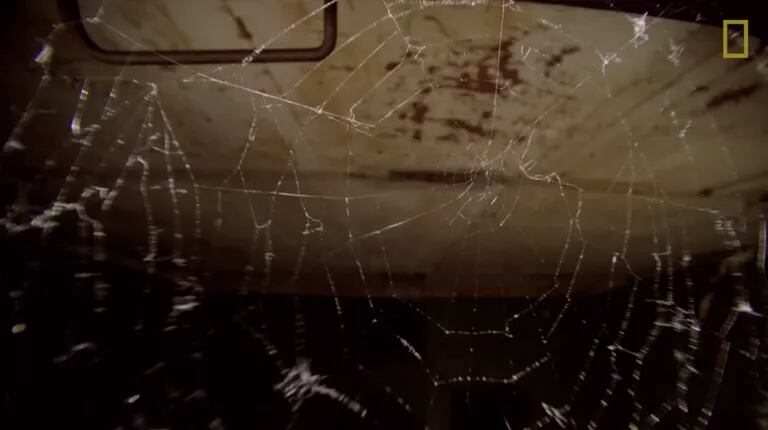
An example of this mutation is the tree mallow bug, similar to the colloquially called San Antonio vaquita. “Two large eyes, nose and chin and, due to the symmetry, it makes it very easy to detect deviations,” says the researcher, commenting that changes in color and the absence of some parts of the body, such as an eye, were observed.
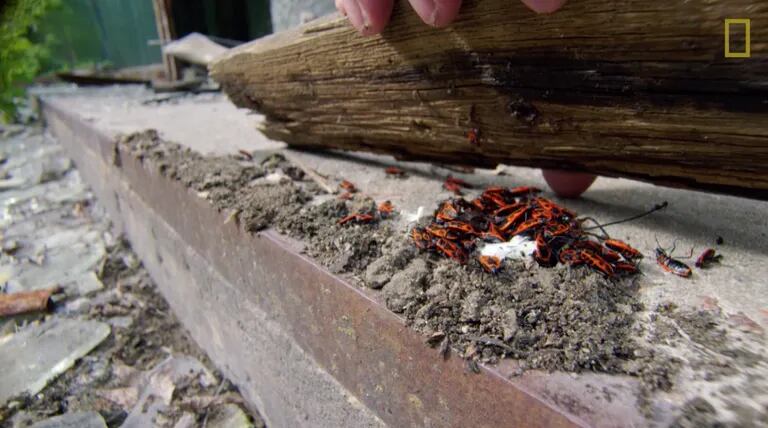
Meanwhile, one of the common characteristics that the studies revealed turned out to be that the smallest fauna, such as birds and rodents, was perhaps the most affected, since it showed negative consequences on their health, the effect of radiation, such as tumors and cataracts.
The fact that many animals have mutated and adapted, little by little, to the polluted nature that surrounds them does not mean that they do not have or have had high levels of cesium-137 in their bodies – the radioactive component that launched the Chernobyl explosion – or that several have died due to the devastating effects that the material produced on them.
However, if 36 years after the most severe nuclear accident in history there are still animals that seem to live in total peace and tranquility, especially due to the absence of man, we human beings must question ourselves, once again, about the damage we do to them to the Earth and those who inhabit it.
Source: Elcomercio

:quality(75)/cloudfront-us-east-1.images.arcpublishing.com/elcomercio/FVOZWJOL5FGXVNNVLKOOR4I3GU.png)





